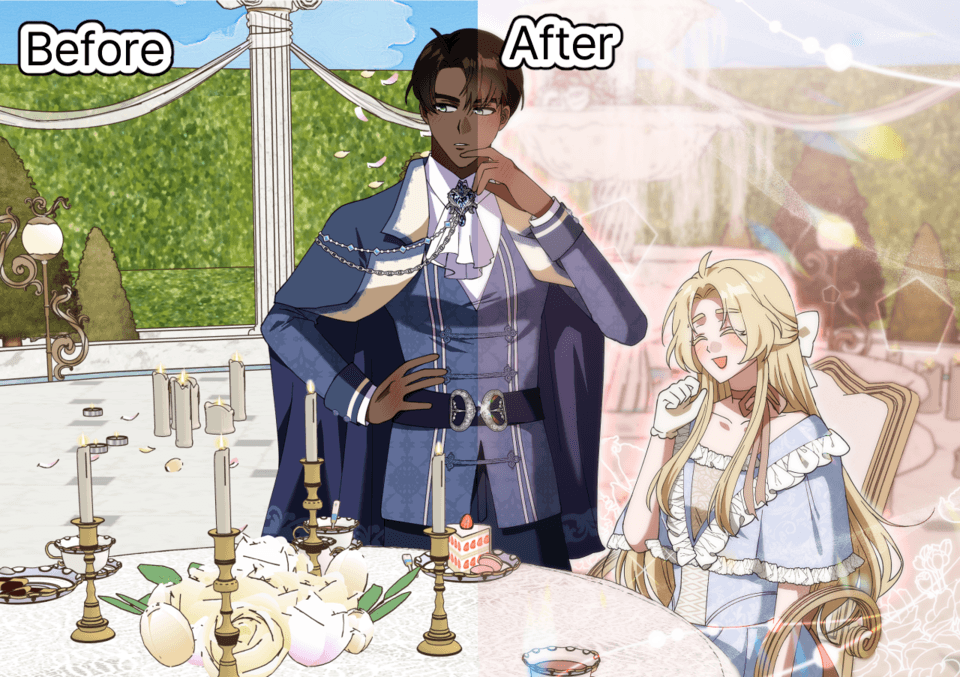Draw a robot
Welcome to this new tutorial where I will show you the process of creating the robot on the cover.
Definition:
A humanoid robot is a robot whose general appearance is reminiscent of a human body. Usually, humanoid robots have a torso with a head, two arms and two legs, although some models only represent part of the body, for example from the waist. Some humanoid robots can have a "face", with "eyes" and a "mouth".
Below is the speedrawing video of my different robots.
Joints
When I build a human body, I think first of all in spheres and tubes.
The spheres represent the base of the joint on which will turn / slide a member represented in this tutorial by a pipe.
Our body is made up of various joints allowing us to move and to be able to move our arms, legs, fingers, toes, torso, neck ...
Do not hesitate to observe your own body to understand the mechanism that allows you to move and also understand their limits.
We can see the human body as a puzzle where each element fits into another to form a whole.
To draw the torso, I start by drawing a hexagon.
Next, I cut out this hexagon at the locations of the head, arms, and abs.
At this level, I draw spheres for the joints of the arms, a potato for the stomach and I draw the pipes representing the arms and the neck. (in green)
For the pelvis, I draw the basic shape of an underwear.
Then, I make the volume of the pelvis on which the belly and both thighs will be able to be placed.
I finish by drawing the articular spheres, the abdominal part and the pipes representing the thighs.
Construction of a robot from the back, face and profile
If you have a little trouble with human proportions you can use a photograph or 3D models from Clip Studio Paint.
I start by marking the length of the limbs with simple lines and mark the overall proportions as well as the location of the joints with circles.
The advantage with the 3D model is that you can move it from every angle and thus keep the same proportions when you want to make a back / profile / face character sheet
I refine my sketch by tubes, the torso and the pelvis.
I will use this sketch to draw my robot.
Unlike a human body where I would draw the shape of the muscles, the skin, the clothes and where I would have hidden and rounded the sketch, for the robot, I will keep all the angular parts, the hardness of the line to represent the metal and I'll even exaggerate some features. (thicker forearms, calves and feet) And I keep the arms and thighs very thin (just a metal bar). I also mark each joint with spheres. (I do not hide them and exploit them)
Over the sketch, I line with a textured line.
For the neck and stomach, I decided to mimic flexible shower hoses to keep the stomach and neck moving.
On a new layer I put my solids. Light gray.
I put my first shadow. The light comes from the left. I use a darker gray than my solid and the G pen, then I soften my shadows with the blender.
I put my second shadow.
On a new layer in product mode, I use a new brush with gray (below) and add a shade with a brown realistic pencil.
I put a texture.
I upload a texture (below) specifically for metal and I put my texture layer inlay with opacity at 56%
I wanted to give the robot an aged and rusty effect, I chose an orange rust texture.
On a new layer in product mode, I use the Pishy pat brush (below) on the neck, stomach and all the joints for more realism.
I finish with a foam effect to accentuate the aging of the robot.
I use the brush below with a green on a normal layer and put some in a few places.
I finish with areas of light on the left with a layer in glow density mode using the airbrush tool. I use red on the arms, as if there was a lit led.
Robots chibi
I used the same working method for these three little robots made in a childish style.
Thank you for reading my tutorial, I hope it could have helped you or made you discover a new technique



















Comment